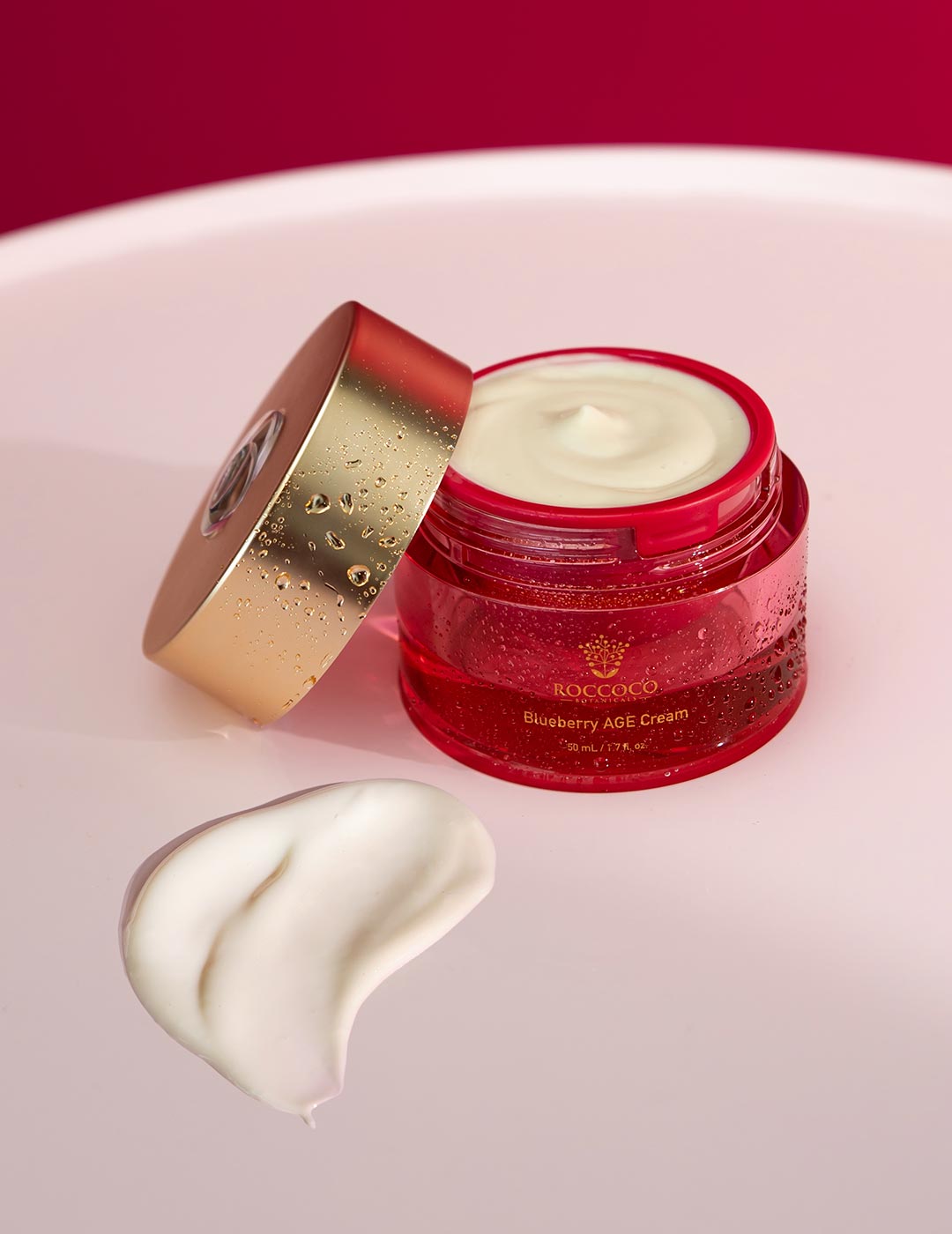Melasma is a common skin condition that affects millions of people worldwide. This is a hyperpigmentation disorder that causes brown, grey, or tan patches on the skin primarily on the face, but can also appear on other parts of the body. Melasma can be frustrating to manage. It's a chronic condition, but there is nothing to worry about. There are treatments that can help reduce its appearance. In this article we explain what melasma is, what causes it, and how it can be treated.
What is Melasma?
Melasma is a skin condition that causes patches of dark pigmentation to appear on the skin. These patches are usually symmetrical and appear on the cheeks, forehead, nose, and upper lip, but they can also appear on other parts of the body that are exposed to the sun. The condition is more common in women than men, and it is often seen in women who are pregnant or taking birth control pills.
What Causes Melasma?
The exact cause of melasma is unknown, but it is thought to be related to hormonal changes in the body, such as those that occur during pregnancy or when taking birth control pills. Other factors that can trigger melasma include sun exposure, genetics, and certain medications.
How is Melasma Diagnosed?
Melasma is usually diagnosed by a dermatologist who will examine the affected area of the skin and take a medical history. In some cases, a biopsy may be needed to rule out other conditions that can cause hyperpigmentation.

How is Melasma Treated?
There are several treatments available for melasma, but no single treatment works for everyone. The goal of treatment is to reduce the appearance of the dark patches and prevent them from getting worse. Here are some of the most common treatments for melasma:
Sun Protection: It is critical for anyone who has melasma to wear sunscreen with an SPF of at least 30 and avoiding sun exposure can help prevent melasma from getting worse. Physical sunscreens which include titanium dioxide and zinc oxide are better for melasma clients.
Topical Treatments: There are several topical creams and gels that can be applied to the affected areas to help lighten the skin. These include hydroquinone, tretinoin, and corticosteroids. These products however are not without side effects. Studies have shown that hydroquinone can cause skin irritation, redness, and burning, and may even lead to the development of ochronosis, a skin condition characterized by darkening and thickening of the skin. Corticosteroids also weaken the skin over time.
Chemical Peels: Chemical peels use acids to remove the top layer of skin, which can help reduce the appearance of melasma, however in darker skins these can lead to rebound pigmentation. There is also the risk of inflammation and inflammatory hyperpigmentation resulting.
Laser Therapy: Laser therapy uses beams of light to target the dark pigmentation in the skin and break it down. This can help reduce the appearance of melasma. Caution should be used for darker skins.
Debunking Melasma Myths: Separating Fact from Fiction
Despite being a common skin condition, there are still many myths and misconceptions about melasma. In this section, we will debunk some of the most common myths about melasma and separate fact from fiction.
Myth #1: Melasma is caused by poor hygiene or not washing your face enough.
Fact: Melasma is not caused by poor hygiene or not washing your face enough. While it is important to take care of your skin, melasma is caused by hormonal changes in the body, sun exposure, genetics, and certain medications.
Myth #2: Only women can get melasma.
Fact: While melasma is more common in women, men can also develop the condition. Men with darker skin tones are at increased risk of developing melasma.
Myth #3: Melasma only affects the face.
Fact: While melasma is most common on the face, it can also appear on other parts of the body, such as the neck and arms.
Myth #4: Melasma can be cured.
Fact: There is no cure for melasma, but there are treatments available to reduce the appearance of the condition. These treatments include our Ayurvedic Brightening Treatment, which uses a blend of Ayurvedic herbs to manage melasma. This natural treatment is safe for darker skins who often hyper pigment easily.

Conclusion
Melasma is a common skin condition that can be frustrating to manage, but there are treatments available that can help reduce its appearance. If you think you may have melasma, it is important to see a dermatologist for a diagnosis and treatment plan. Sun protection, topical treatments, chemical peels, microdermabrasion, and laser therapy are all options for managing this condition.
If you or someone you know is struggling with melasma, then Roccoco Botanicals has the perfect solution for you. Our Skin Brightening C Serum and Pearl Brightening Mask are highly effective in reducing the appearance of melasma, and if you want to boost your results even further, then our Peptide Finisher is a must-have. We believe that everyone deserves to feel confident in their own skin, and our products can help you achieve just that. So, don't wait any longer, Order yours today.
Read more

Are you tired of feeling self-conscious about cellulite and uneven skin? Look no further than our 5 surprising skincare secrets for a radiant glow. In this post, we'll introduce you to the power of...

Animal testing has been a long-standing issue in the beauty industry. Thankfully, many countries, including Australia, have recognized the cruelty and unnecessary nature of animal testing and have ...



